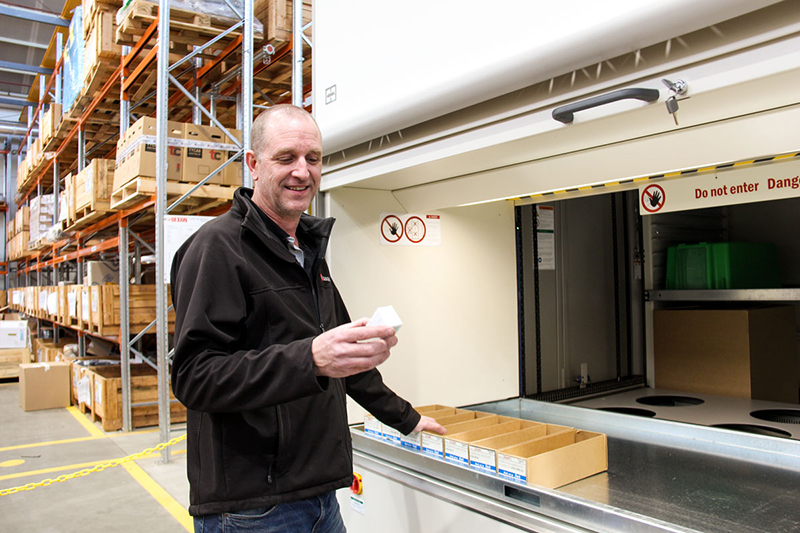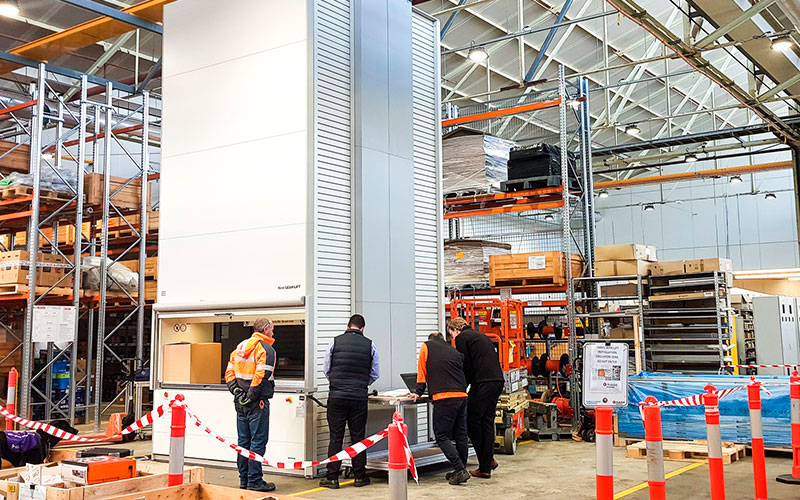The essential guide to Six Sigma DMAIC: Phase 4 (of 5) - Improve
SAGE Automation, Published: January 4, 2018 - Updated: August 26, 2018 (4 min read)
By now you should have clearly identified the process that needs improving, collected the data, and analysed it to come up with the root causes for the problem. Phase four of DMAIC: Improve, is where it gets fun.
Not up-to-date on Six Sigma? Read our Introduction to Six Sigma or start here for DMAIC Phase 1: Define.
About ‘Improve’
Improve is where you can finally begin to find solutions to the root causes of the problem.
It’s the most creative stage of DMAIC because it’s not heavily reliant on statistical analysis and instead asks people to come up with ideas for solutions. It’s also experimental, because each feasible idea will be tested on a pilot scale before being implemented.

Improve: Key steps
1. Invite people ‘back into the room’
Start brainstorming potential solutions to the problem at hand. It’s worth getting the operators or ‘everyday staff’ back into the room for this step. Present them with the problems you identified in Define, the root causes of those problems you identified in Measure and Analyse, and ask ‘How should we fix them?’. Facilitate a few sessions like this. Provide a deadline for ideas so staff can go away and think individually, on and off the job, and pass on ideas later.
2. Weigh up ideas and pilot the best ones
Select a small number of feasible solutions, then pilot them.
“Piloting is critical, because an idea that sounds wonderful in a room never quite turns out the same way on the shop floor,” University of South Australia’s Lean Six Sigma lecturer and consultant Dr Neil Davison explains.
Piloting saves time, money and frustration by eliminating failed ideas before they’re implemented on a large scale.
Here’s an example: you identify that variation in a cooking process can be attributed to the number of raw materials suppliers you have. You propose reducing the amount of suppliers to one or two for a limited time. You might find that the defect rates drop, but you have trouble getting enough consistent supply, because the higher-quality material is produced in lower volumes. So, although the idea looked good, the pilot proved it wasn’t viable.
3. Select the winning idea
By the end of the Improve phase, you should have ruled out multiple solutions through pilot programs and found at least one to implement on a large scale.
People involved in Improve
Improve is the most consultative phase of DMAIC. Involve people from different levels within the business, including those that work directly with the ‘problem process’. In manufacturing, operators and production staff should be engaged in idea generation and discussions with the project team.
Collaboration with those on the shop floor will ensure they have ownership over the solution, which is vital in making any changes stick long term. It will also mean you get the best improvement suggestions, right from the people who know the day-to-day realities of the work.
Summary
By the end of Improve, you’ll have tested a handful of ideas that were generated by staff within the organisation. You’ll have a proof-of-concept for one or maybe even a few solutions that were successful in pilot conditions. Stay tuned for the final and most important phase of DMAIC: Control.
Innovative solutions and ideas set to improve our client’s wants and needs is how we work at SAGE. See how we’ve helped keep planes flying at Adelaide Airport through innovative problem solving. Learn more.
SAGE Automation delivers agile, scalable and secure solutions that don’t just solve current problems, they preempt and deter future ones, helping your organisation thrive. With years of experience working in defence, infrastructure, resources, utilities and manufacturing we have the expertise you need to custom-build or perform manufacturing maintenance on your equipment for maximum ROI.








